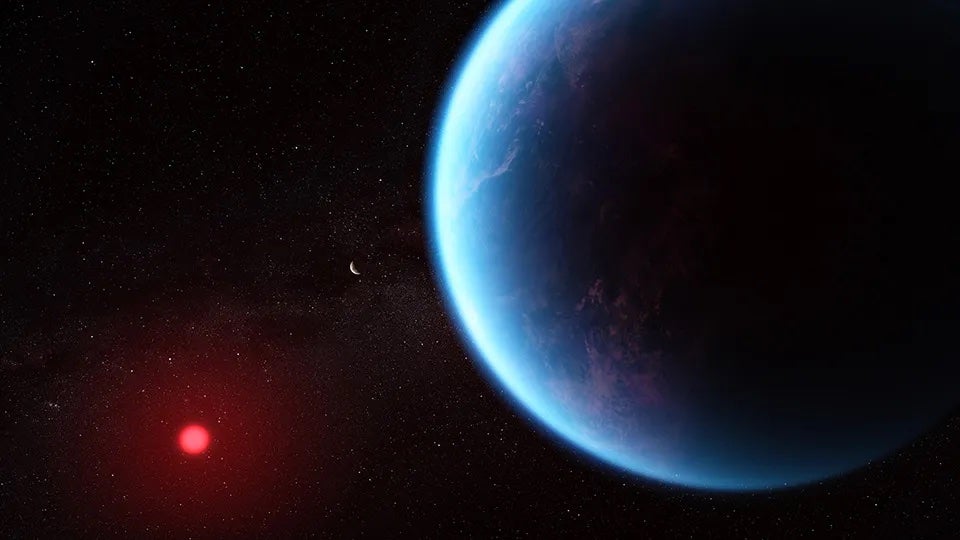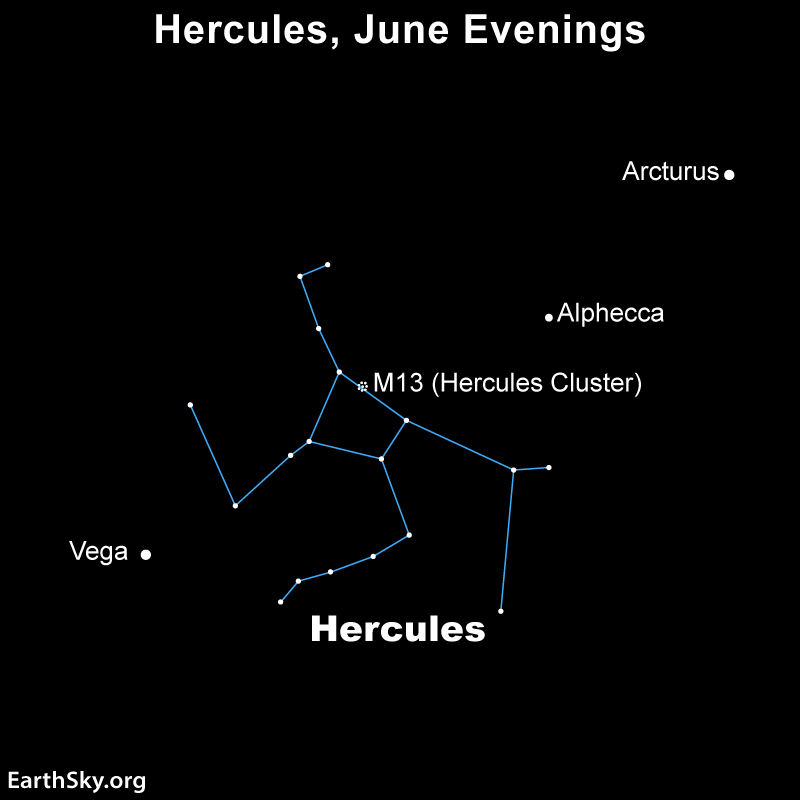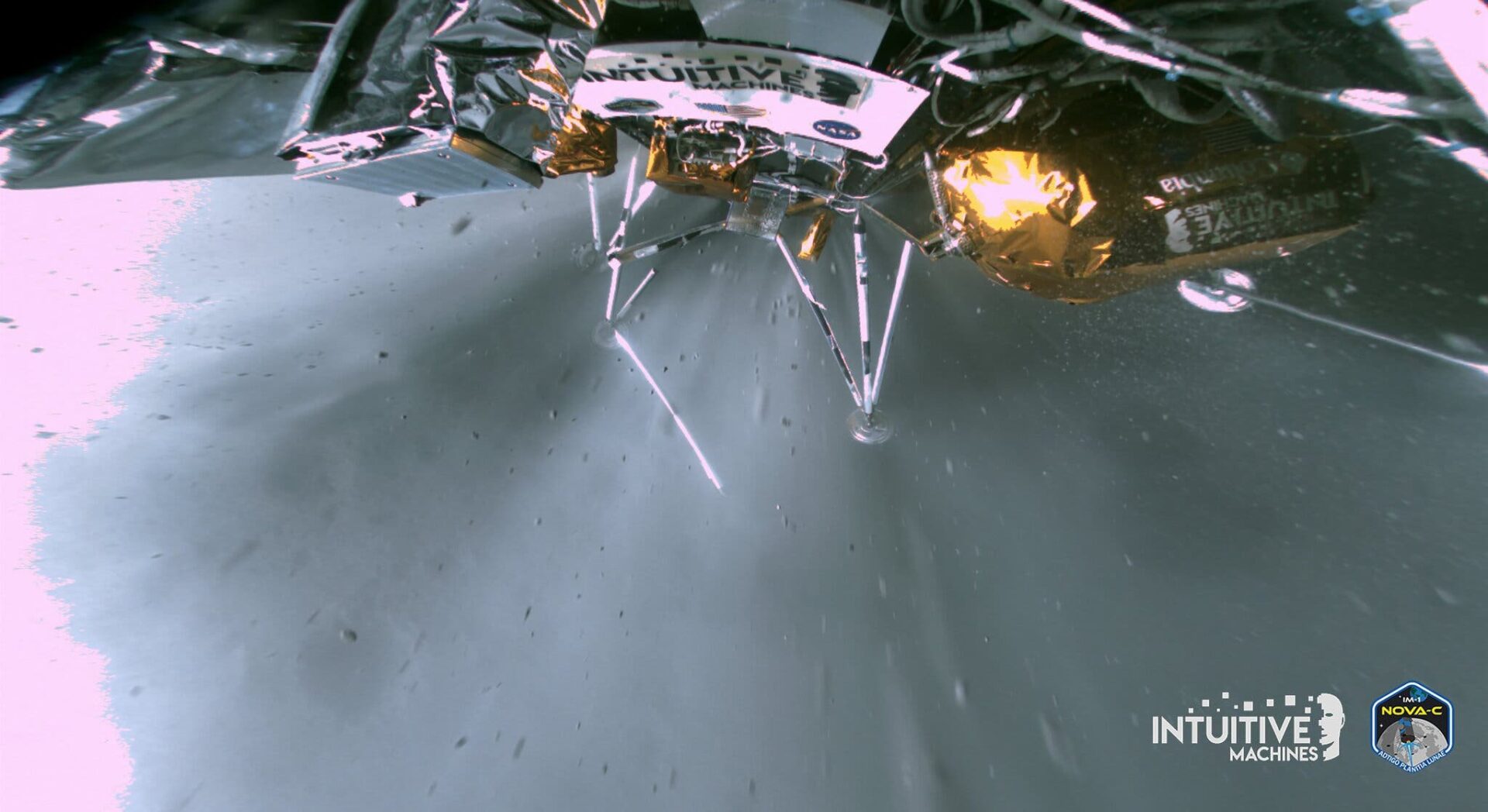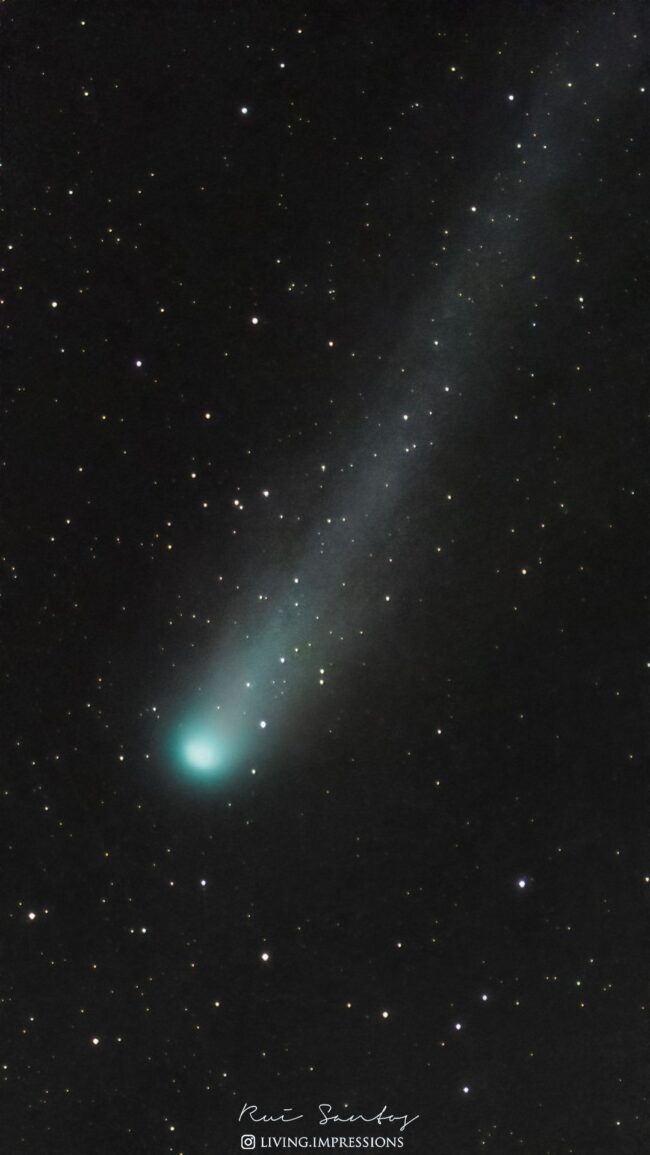A novel study suggests one way to spot alien life is to look for signs of terraforming, a hypothetical method of making a planet habitable.
The TRAPPIST-1 exoplanet system. The exoplanets are Earth-sized and terrestrial.
Credit: NASA/JPL-Caltech
In a new study published in The Astrophysical Journal, astronomers propose looking for greenhouse gases in the atmospheres of exoplanets using tools like the James Webb Space Telescope (JWST). But rather than searching for an advanced species suffering the consequences of climate change, such gases might be a sign of something else: terraforming.
Terraforming is a hypothetical concept involving taking an inhospitable place or planet — like Venus or Mars — and making it more suitable for life by radically altering its atmosphere or temperature. (Think Total Recall or Star Trek III: The Search for Spock.)
In this case, the astronomers suggest that greenhouse gases may have changed a planet that would otherwise be too cold for life as we know it in a way that would give it more comparatively tropical temps. The astronomers knew that some civilizations would produce chlorofluorocarbons (CFCs), groups of chemicals that, on Earth, contribute to climate change. They’re highly reactive but also dissipate quickly, so the researchers looked for more stable and effective chemicals.
“A long-lived intelligent civilization may only maintain high levels of harmful atmospheric pollution for a short time,” study author Edward W. Schwieterman of the University of California, Riverside says. “So we asked, what would be an example of an atmospheric technosignature (a signal of something that could only be produced by technology) where there would be an incentive to maintain those technosignatures for long time scales?”
Signatures of alien life on exoplanets
They turned to a series of fluorocarbons. Whereas CFCs contain hydrogen, carbon, fluorine and chlorine (and are often by-products of hydrocarbons like methane or ethane breaking down), fluorocarbons are carbon and fluorine compounds. Unlike CFCs, they can be stable for longer. In particular, they looked at tetrafluoromethane (CF4), hexafluoroethane (C2F6), and octafluoroporpane (C3F), all of which are fluorocarbons, as well as sulfur hexafluoride (SF6) and nitrogen trifluoride (NF3). The latter two are powerful greenhouse gases that are far more proficient than carbon dioxide.
All of these chemicals are also only rarely produced in nature, so they would under most normal scenarios be a technosignature. Schwieterman says most are produced, at best, “at the parts-per-trillion level or below.”

But turning even to unknown chemistries, he says we might still be able to figure out if they were produced by intelligent life. “We should also look at the context,” he says. “For example, if the concentration of artificial greenhouse gases were at just the right level to maintain habitable conditions on the surface, that would seem unlikely to be a coincidence.”
These gases also all show up very well in the mid-infrared range, the area of the spectrum that JWST studies. It helps that infrared usually corresponds to heat, so we would be seeing gases that trap heat. “Any effective greenhouse gas correspondingly produces a large spectral impact at infrared wavelengths where JWST is sensitive,” Schwieterman says. He also says another upcoming mission, the European Large Interferometer for Exoplanets (LIFE), will be looking in the mid-infrared to hunt for interesting chemistry at potentially habitable exoplanets.
“The overall detectability also depends on the gas concentration; however, once you achieve concentrations of about one to ten parts per million or above, these molecules will stand out more than anything else in the atmosphere,” he says.
This could mean, also, that planets a little outside the habitable zone (the distance from a star where liquid water could exist on the surface) might be worth more of a look than we assumed.




